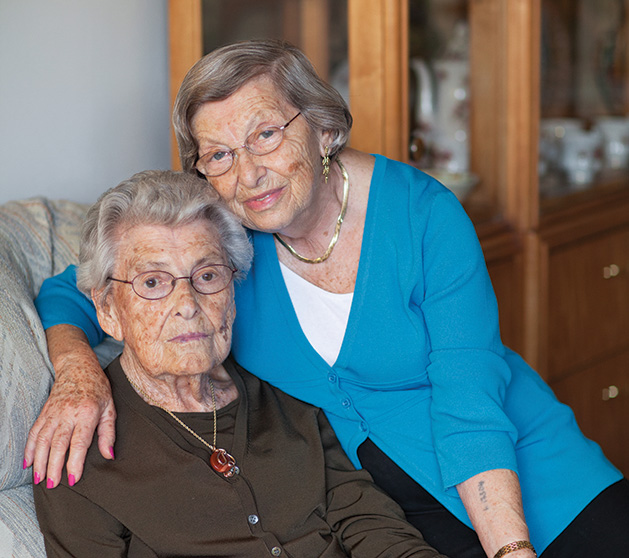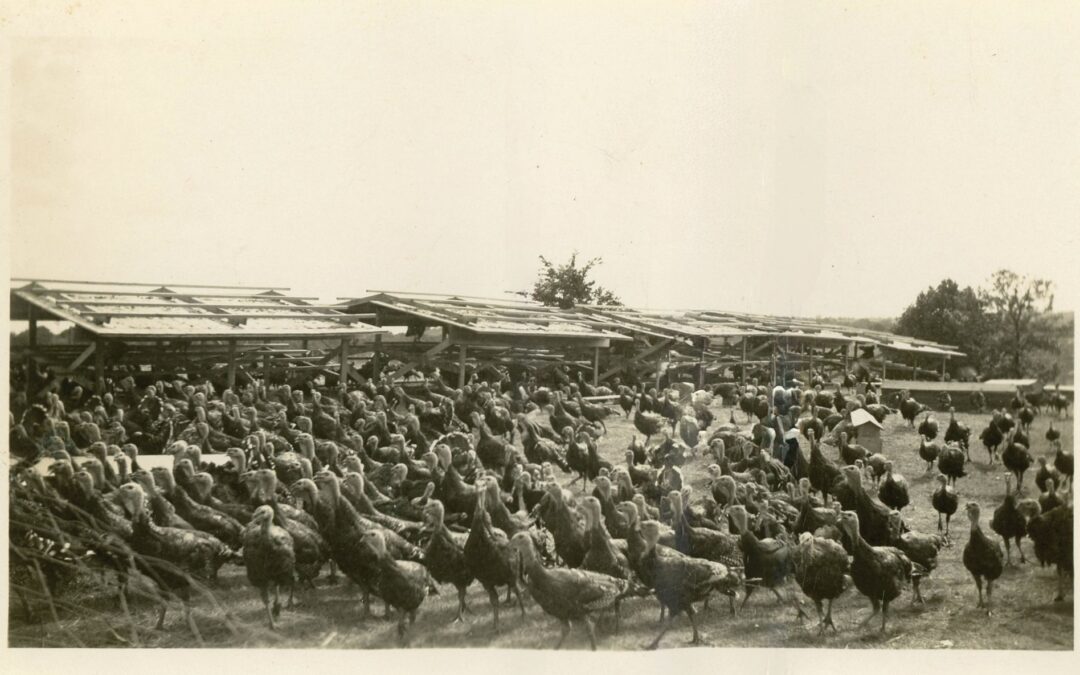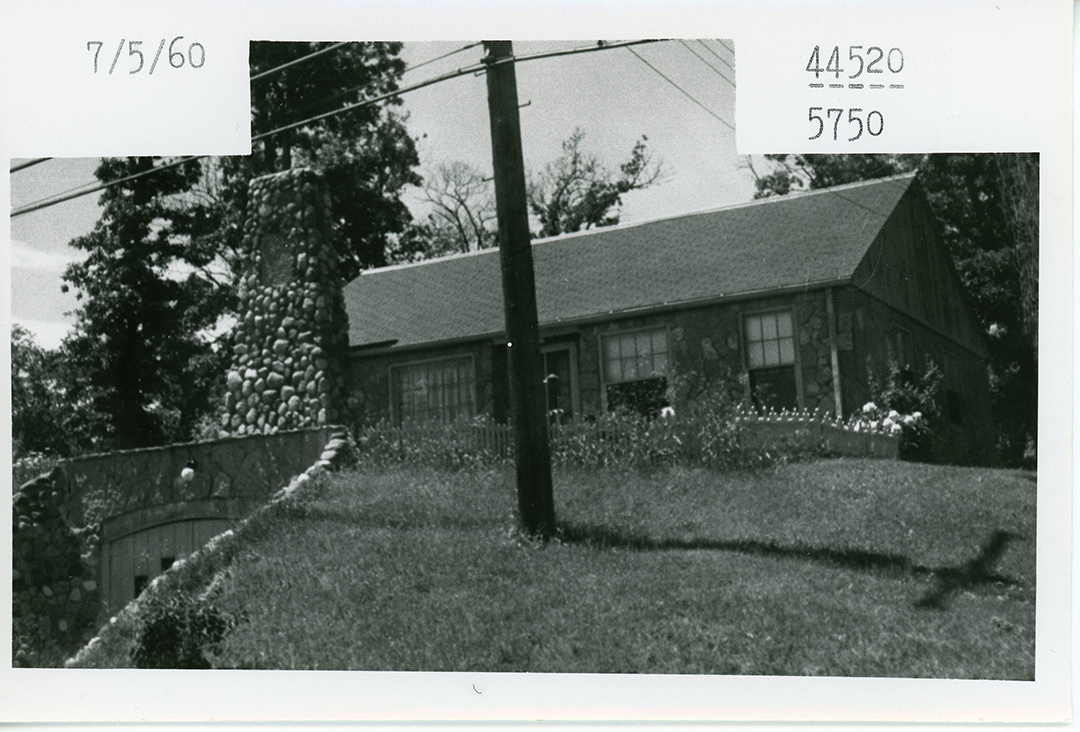
Photos: David Sherman
Plymouth resident David Sherman is the official photographer for the Timberwolves and Lynx. He also created the “Transfer of Memory” project.
Even if you don’t know Plymouth resident David Sherman’s name, you know his work if you pay any attention to professional basketball.
Sherman is the official photographer for the Minnesota Timberwolves and the Minnesota Lynx. His relationship with professional basketball started when he was working as a photographer for Northwest Swim and Racquet Club.
“Harv [Harvey Ratner] and Marv [Wolfenson], who owned Northwest, bought the Timberwolves and they consolidated [their photography and other operations.] A designer for the Timberwolves asked me to do some work for them in 1995, and my first full season was 1996-1997,” says Sherman.

Karl-Anthony Towns #32 of the Minnesota Timberwolves dunks against the Sacramento Kings on February 25, 2019 at Target Center in Minneapolis.
Sherman has been the photographer for the Lynx since their inaugural season in 1999. He says that his photos of Lynx player Sylvia Fowles are among his favorite work that he has done.
In addition to his work for the NBA, Sherman created the “Transfer of Memory” project, a touring exhibition of portraits of Holocaust survivors with accompanying stories written by Lili Chester, the daughter of two survivors.
Sherman began “Transfer of Memory” in 2010. “I had always been interested in doing portraits of Holocaust survivors, but I was reluctant. I didn’t want to seem like I was objectifying people. But because every year there are fewer survivors, I thought it was important to do the portraits,” he says.
Sherman’s inspiration for the exhibition’s name came from a portion in the Torah describing the Israelites who escaped Egypt and wandered in the desert toward the Promised Land. “The generation that was in Egypt didn’t enter the Promised Land,” says Sherman. “Those were the people with the direct experience of being slaves in Egypt. Those were the people who could say ‘I experienced something—I witnessed it and I believe it.’
“After that generation died off, the next generation only had words describing the experience instead of having lived the experience. So that generation had to believe through words instead of through having been there. And the memory needed to be transferred to those who had not had the actual experience,” says Sherman.
Some of the participants were reluctant to be photographed at first. “Some people felt that they were too old or unattractive and wouldn’t be a good subject for a portrait. But the responses when [participants] saw their portraits were very positive,” says Sherman. “Many of the subjects said that it was the best photo of them that had ever been taken. Their children and grandchildren had very positive responses, too. The families of some of the survivors included the portraits as part of the memorial service at the sad time when the subject passed away,” says Sherman.
Laura Zelle, director of Tolerance Minnesota—a program of the JCRC—says, “One of the beautiful things about ‘Transfer of Memory’ is that people completely trust David. He has so much respect for the survivors’ stories. He considers what he’s doing a holy endeavor. He knows that half of the survivors who have had their portraits taken have [since] passed away, and he recognizes that it’s [sacred work]. David also captures the survivors’ stories, sitting with people for hours. He does it from such a place of interest, respect and holiness. He understands his job is to listen and to transfer the memory through his art form. As a Jew, he’s using his talent to honor the survivors and their stories.”
Zelle says that the JCRC and Tolerance Minnesota feel fortunate that Sherman asked the organization to sponsor the project because it fits perfectly with their mission of Holocaust education. “We get comments from people all over the world …. People find the reminder important for today. Conversations about hate, intolerance, antisemitism—it’s all relevant today.

“The portraits were shot in both black and white and color,” says Zelle. “The black and white photos felt like it was 1945. David chose to use the color photos because he wanted to show the survivors with grace and hope and survival, and the color emphasizes that. David creates from a place of honor and beauty. He leads with his heart and soul.”
Zelle says that about 50,000 viewers have seen “Transfer of Memory” over the eight years since the exhibition was first shown, both in Jewish communities and beyond. “‘Transfer of Memory’ has been shown at universities, churches, to the National Guard at armories …. We were able to have great conversations with so many people about issues that are so important today,” says Zelle.
The exhibit also made its way to the Minneapolis/St. Paul International Airport when Robyne Robinson, the airport’s arts director at the time, arranged to show it at both terminals. The timing coincided with the 2018 Super Bowl. “We didn’t plan it that way, but it was there at a time when so many thousands of people would see it,” says Sherman.

Photography Exhibit at MSP
Sherman is also interested in fashion photography. “It lets me explore concepts of beauty. It pushes me to make beautiful portraits on both ends— my work in sports photography, especially what I’ve learned about capturing motion, informs my art photography, and I’m able to incorporate what I’ve learned in my art photography in my sports photography,” says Sherman.

Who would be his dream subject? Sherman says, “There are so many people that I respect, have learned from … and would welcome the one-on-one time a portrait session provides. So I am going to say my two grandfathers—Philip Sherman and Joe Rosenthal [who] both immigrated to the United States as children, served in the U.S. Army during WWI and left strong family and business legacies.”
What would Sherman like people to know about him as a photographer? “I’m a multi-dimensional artist. There’s a lot more in my wheelhouse than my sports photography.”
Advice for aspiring photographers? “Go to school. Study art.” Sherman is largely self-taught, but believes art training benefits photographers.
“Establish relationships. Be humble. Humility is the most important thing of all.”
To view more: davidshermanphoto.com and transferofmemory.org.






















